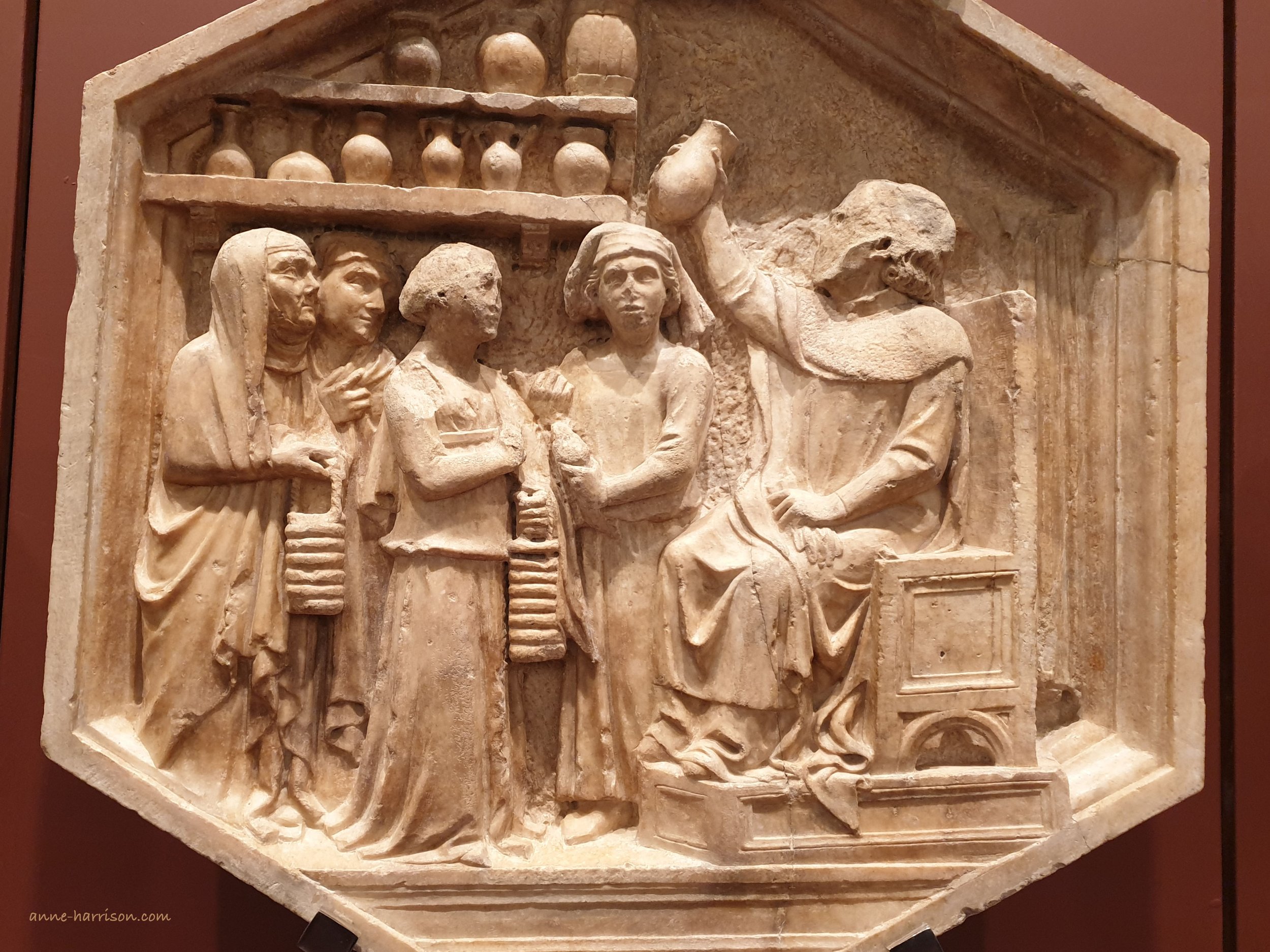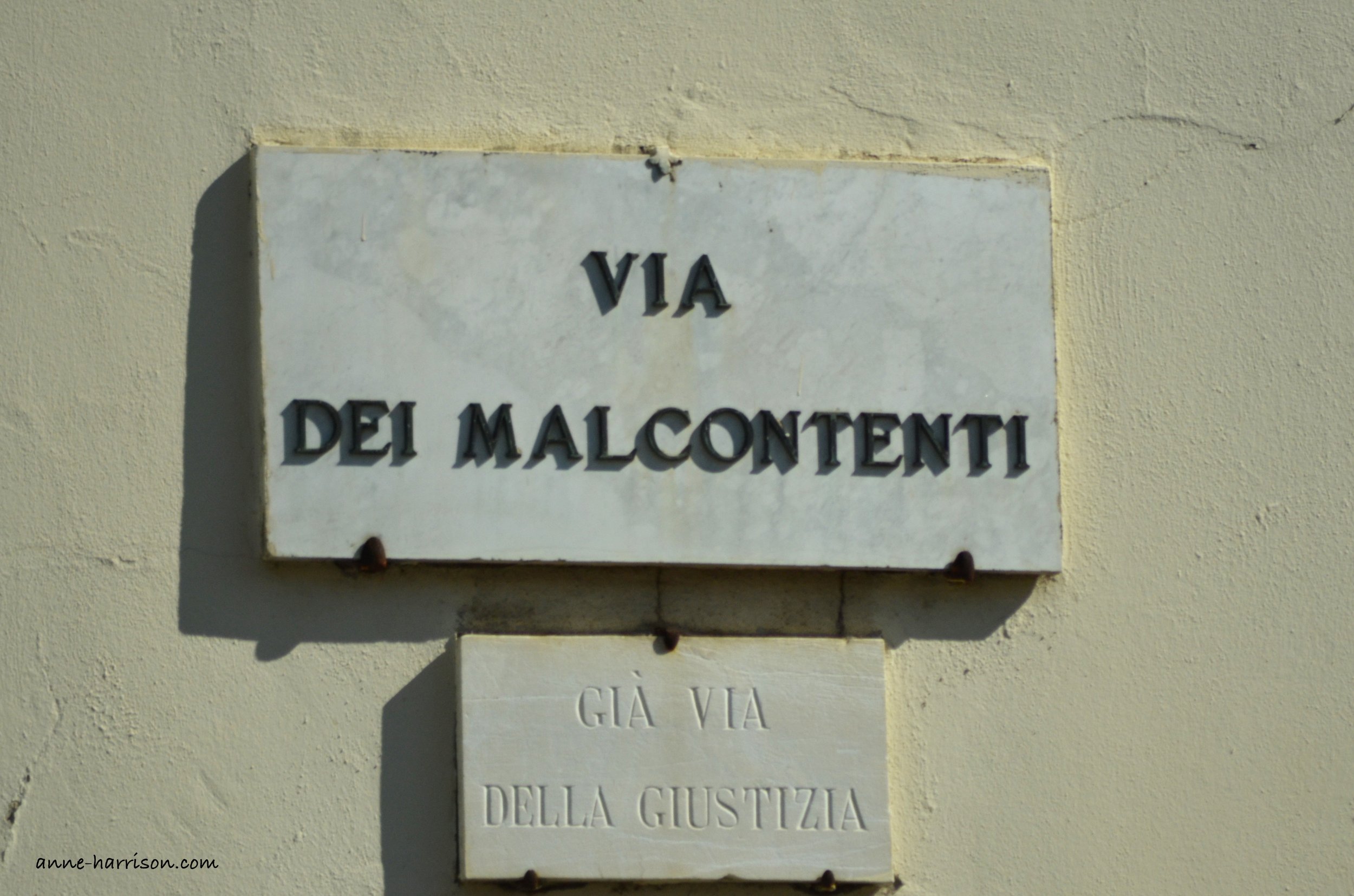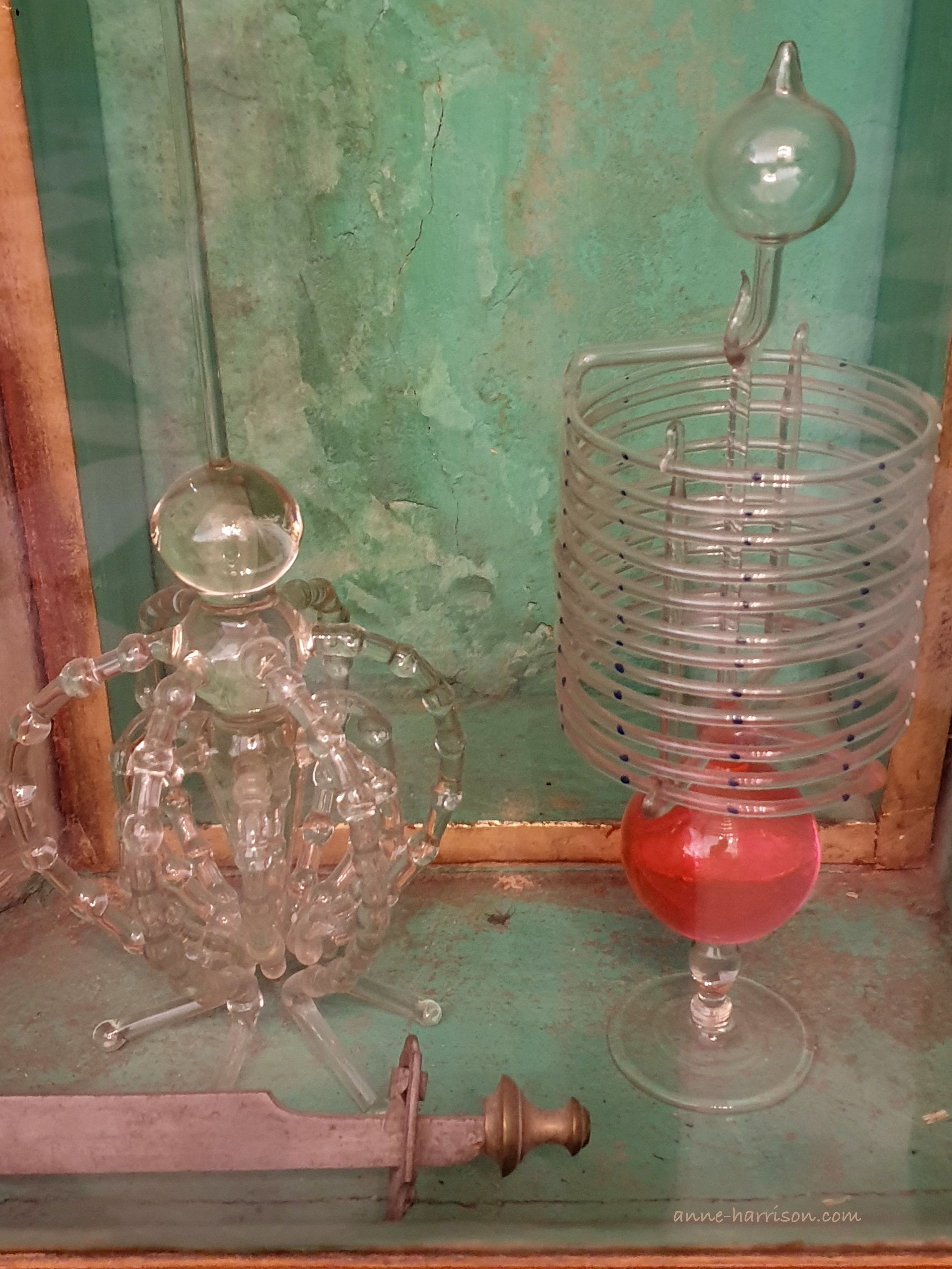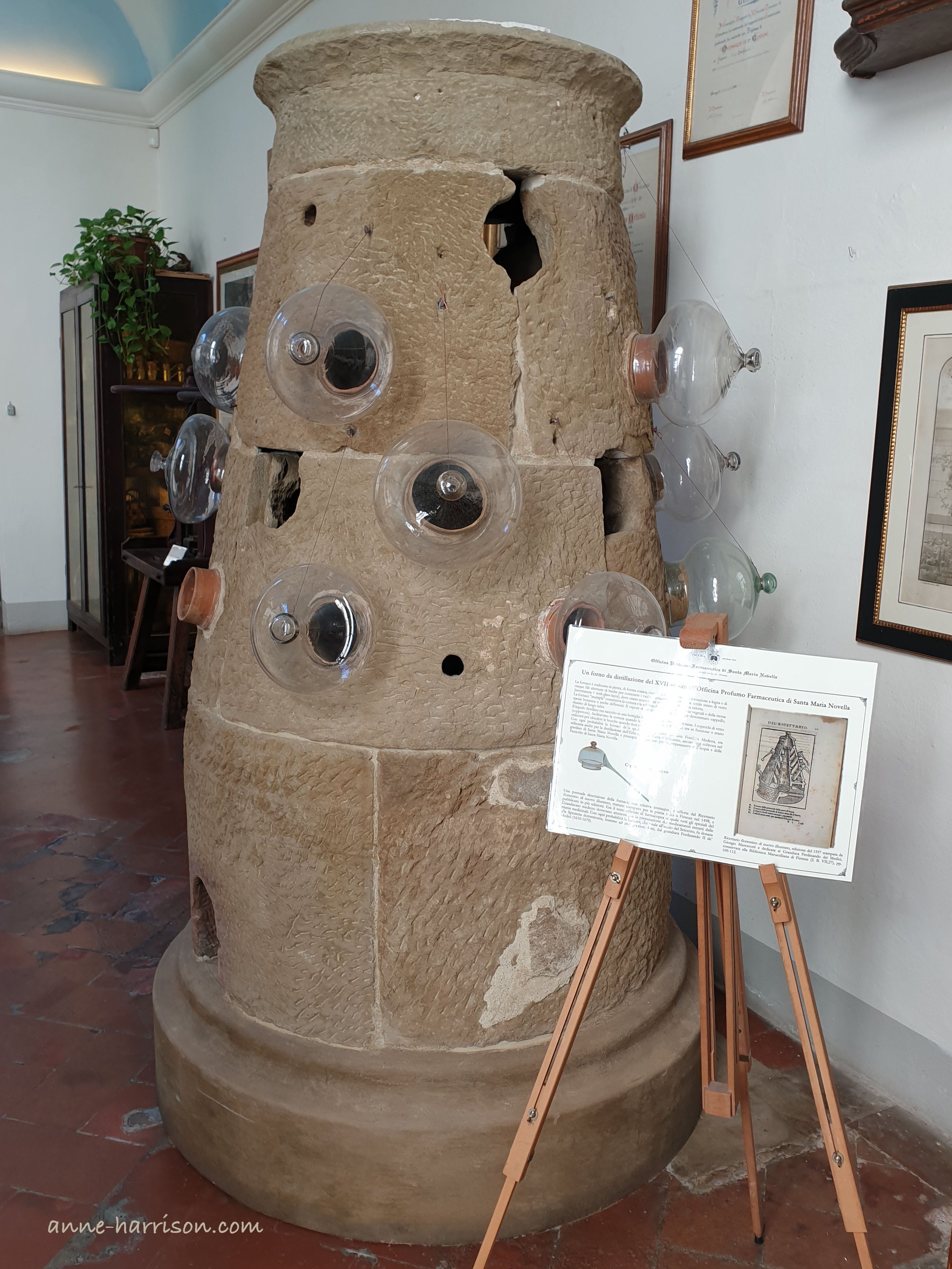Medical English:Origins & Idiosyncrasies of Some of Those Crazy Words
Waiting for a diagnosis © A. Harrison
I speak French to my ambassadors, English to my accountants, Italian to my mistress, Latin to my God and German to my horse.
Frederick the Great of Prussia
In my life as a doctor these last 30 years, there are words I use so often I rarely think about how they came to be, or why so many arose from a mishmash of conflicting origins. With language emerging back in human pre-history over some 50,000 to 100,000 years ago (give or take a decade), its history remains largely oral. Indeed, due to the dearth of empirical evidence, in 1866 the Linguistic Society of Paris actually banned further debates on the subject, rendering any discussion on the origins of human language mere speculation. Only in the relatively recent past has the written record allowed for the dating of newer words. Although this allows to pin-point when a medical term first appears in written documents, the word itself — and consequent derivations — may have been used for centuries.
Salve
Appearing by 700 AD, salve is one of the earliest medical terms recorded in English. Homer described the use of salves for treating wounds in The Iliad, and Galen listed their ingredients. The legendary wealth of the Greek city of Laodicea was in part derived from Phrygian Powder, an eye salve combining olive oil and phrygian stone.
Salve comes from the Old English sealfe, which is in turn derived from the West Germanic salbo, meaning an oily substance. (West Germanic is the root language which gave rise to the Germanic languages, including Old English, Dutch, German, Yiddish, and the Fresian languages).
Curiously, quack (as in a medical charlatan) derives from the word salve. First recorded in the 1630’s, quack is an abbreviation of quacksalver (1570s), coming from the Dutch kwaksalver (literally, a hawker of salves). Another theory dates quack back to when, visiting plague victims, doctors wore masks shaped like a duck’s beak.
An apt definition was penned by a doctor-friend of Wordsworth:
A potent quack, long versed in human ills,
Who first insults the victims whom he kills
George Crabbe The Village (1754–1832)
Someone I don’t want to see on my ward rounds © A. Harrison
Plaster
Plaster appears by 1000 AD, coming via the Vulgar Latin plastrum from the Greek emplastron, meaning a salve or plaster. (Vulgar Latin — from vulgata, or common — was the everyday speech of Rome, as opposed to literary and classical Latin. Think Twitter/X versus Shakespeare.) Plaster of Paris, made by calcining gypsum, was so called after the discovery of large gypsum deposits near Montmartre.
In the 16th century Paracelsus coined the term oppodeltoch (to become opodeldoc in English) to include liniments and plasters in soaked in an alcohol with added herbs and aromatic oils. That famous advisor of housewives Mrs. Beaton wrote in her 1861 Book of Household Management: for treating a sprain, “the joint is to be rubbed twice a day with flannel dipped in opodeldoc”.
Dr Steer’s Opodeldoc boasted in 1790: “The efficacy of this medicine in the Rheumatism, Lumbago, Bruises, Sprains, Cramps, &c. is universally acknowledged: it is equally serviceable in Numbness, Stiffness, and Weakness of the Joints, and in restoring a proper Circulation to the Limbs when in a Paralytic state. It is also excellent for Burns and Scalds, as well as for the Sting of venomous Insects. It is the best embrocation for Horses that are wrung in the Withers.”
Swaddling in extremis © A. Harrison
Knee
Knee appears by 900AD, coming from the Old English cneo, or cneow. These words derive from the Proto-Germanic knewan, from the geneu of the Proto-Indo-European (an ancestral language of the Indo-European family, dated to roughly 5,500 years ago). From geneu arises the Latin genu, giving words such as genuflect (1630) and geniculate.
Curiously, knee-cap (the noun, not the verb associated with gangsters) doesn’t appear until around 1870, yet knee-high to a grasshopper was first recorded in 1851. The term the bee’s knees became popular in the early 1920’s, as did the bee’s nuts and the flea’s eyebrows.
On the 28th March, 1814, Lord Byron penned in his diary:
Yesterday, dined tête-à-tête at the Cocoa with Scrope Davies… drank between us one bottle of champagne and six of claret, neither of which wines ever affect me. Scrope…was tipsy and pious and I was obliged to leave him on his knees praying to I know not what purpose or good.
Praying, of course, can lead to Parson’s knees. The term Wii knee was first used in 2007 for injuries caused by exuberant playing of Wii games. Wii wrist, Wii elbow and Wii hip soon followed.
Says it all © A. Harrison
Blood
Both blood and bloody appear in the English language by 725 AD. They are Old English in origin — blod — which in turn comes from the Proto-Germanic blodam.
By comparison, the Greek haima / haimat became a root for many medical terms created in the 18th and 19th centuries, such as haemoglobin (1862, haima + globules, globule); haemorrhage (haima + rhēgnunai, burst) and haematemesis (haimat + emesis, vomiting). The word haemophilia (haima + phile, to love) was originally coined as hämophile in 1828 by the German physician Johann Lucas Schönlein. This combination of Greek roots still confuses me: does a haemophiliac love their blood, or perhaps the converse is true: a haemophiliac loves to bleed? Queen Victoria, who carried the haemophilic gene (probably through spontaneous mutation) and spread it through European royalty via her descendants, would not be amused.
The phrase blue blood is a literal translation of the Spanish sangre azul. It stems from a time when the oldest and proudest families of Castile, refusing to intermarry with the conquering Moors, proved their breeding by pointing to the veins on their forearms: under their fair skin, the blue tinge of the veins was obvious to all.
Displays in the Farmaceutica di Santa Maria Novella, Florence. It’s Italy’s oldest still-functioning pharmacy, and possibly the oldest in the world © A. Harrison
Apothecary
A delightful tongue-twister of a word, apothecary appeared by 1375. It came via the Greek apotheke (apo, away + tithenai, to put, hence a storehouse) to the Late Latin for a storehouse — apothecaries (Late Latin being the language of Rome from c300–700 AD), to the Old French apotecaire.
By the 17th century, the meaning had narrowed to one specialising in selling medicines and drugs, and in 1617 the Apothecaries’ Company of London separated from The Grocers’ Company. Their reputation for having an “affectation of knowledge … who are commonly as superficial in their learning as they are pedantic in their language” (Francis Grose, “A Classical Dictionary of the Vulgar Tongue,” 1796) gave rise to the phrases Apothecary’s Latin and Dog Latin, implying monstrous misuse of the language.
Despite (or because of) their reputation, it was a New Orleans apothecary who bequeathed cocktails to the world. In the 1790s, Antoine Amédée Peychaud, (inventor of Peychaud bitters), held Masonic gatherings in his apothecary shop. Here he served a mixture containing brandy, bitters and sugar in an egg-cup – or coquetier — giving the drink its name. (A competing theory claims a doctor in Ancient Rome commonly prescribed “cockwine” — a wine-based drink — to which Emperor Lucius Aurelius was particularly partial.)
Sick
Where is the medical fraternity without this word? Sick was in use by 900 AD, and ail and sickness by 1000 AD. It derives from the Old English soec; similarly, sickness derives from soecnesse. Ail is also Old English in origin, coming from eglan (to trouble, plague or afflict).
The word features in various expressions, such as to be as sick as a dog, first recorded in 1705. Various animals found their way into in this expression, including horses, (despite being one of the few domestic animals which cannot vomit). Sick abed on two chairs is an American expression common in the 1930’s. Interestingly, the Australian sickie doesn’t appear in the written record until the mid 20th century.
For curing of sickies, Abracadabra first appeared in a 2nd century Roman medical text De medicina praecepta, written by the Roman physician Quintus Serenus Sammonicus. He describes how a sick person should wear a piece of parchment inscribed with a triangular formula of the word, to act like a funnel to drive the sickness from the body:
abracadabra
abracadabr
abracadab
abracada
abracad
abraca
abrac
abra
abr
ab
a
Enjoy my writing? Please subscribe here to follow my blog. Or perhaps you’d like to buy me a coffee? (Or a pony?)
If you like my photos please click either here or on the link in my header to buy (or simply browse) my photos. Or else, please click here to buy either my poetry or novel ebooks. I even have a YouTube channel. Thank you!
Plus, this post contains affiliate links, from which I (potentially) earn a small commission.








